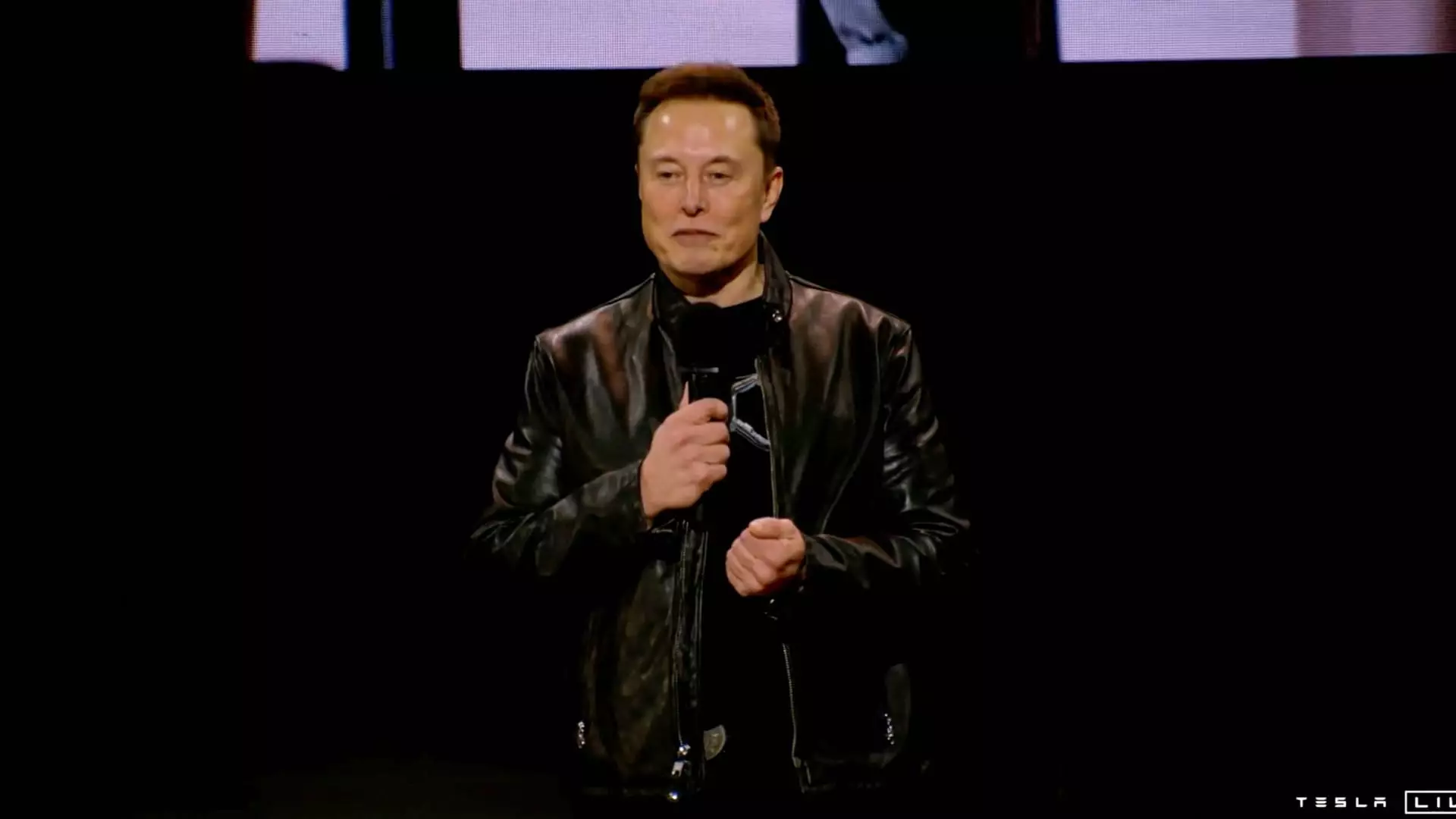In recent developments, Tesla’s social media activity has come under scrutiny for potentially misleading representations of its vehicles’ capabilities, particularly concerning their Full Self-Driving (FSD) feature. The National Highway Traffic Safety Administration (NHTSA) has raised alarms about Tesla’s online communications that suggest a level of autonomy that does not exist, thereby creating confusion and risks among consumers and drivers. By portraying its vehicles as more capable than they truly are, Tesla might inadvertently endanger users who may overestimate the technology’s reliability.
Gregory Magno, NHTSA’s oversight director, expressed concerns in a letter regarding the contradiction between Tesla’s social media messaging and its official guidelines that require drivers to maintain manual control. Posts featuring relaxed driver behavior while engaged with FSD underline a significant miscommunication about the necessity of human supervision when using such driving features. By showcasing scenarios where drivers appear disengaged, Tesla risks creating a dangerous expectation that the car can operate independently without sufficient human oversight.
Tesla has been asked to respond to NHTSA’s findings by December 18, 2023, and failure to adequately address these concerns could result in steep penalties totaling up to $135.8 million. Moreover, underlined in NHTSA’s inquiries are safety risks connected to FSD, especially following incidents where the system was active at the time of crashes—including a tragic event involving a pedestrian. This ongoing investigation emphasizes the need for transparency and accountability when it comes to advanced vehicle technologies, as any shortcomings could have dire consequences on public safety.
The instances highlighted by Magno include disturbing depictions of drivers utilizing FSD during critical situations, such as rushing to the hospital or suggesting impaired driving. Such portrayals not only erode trust in the brand but also undermine serious conversations around road safety and the responsible use of emerging technologies. It is critiqued that by appearing to endorse risky behavior, Tesla’s social media strategies may contribute to a culture of recklessness among users.
As the conversation around autonomous vehicles evolves in the face of regulatory pressures and public skepticism, corporate responsibility becomes paramount. Elon Musk’s advocacy for a streamlined federal framework for driverless automobiles must be paired with a commitment to clear, responsible, and factual communication. The NHTSA’s push for consistent messaging that aligns with actual capabilities reflects an essential need for regulatory bodies to enforce strict guidelines that protect consumers from misleading claims.
Tesla stands at a crossroads where the urgency for innovation must align with ethical communication and rigorous safety standards. It is imperative that the company reassesses its messaging strategy to ensure it conveys a true representation of its technologies while encouraging safe driving practices. By fostering a culture of transparency and accountability, Tesla has the opportunity to restore consumer trust and lead responsibly in the autonomous vehicle sector.


Leave a Reply